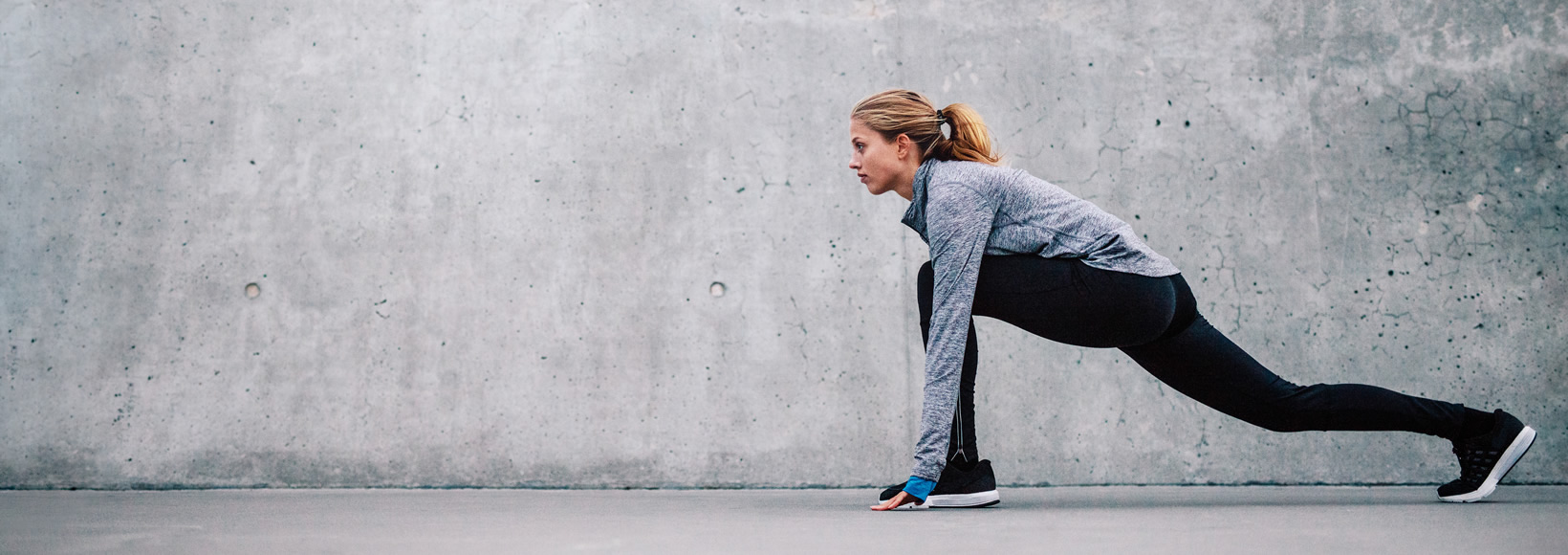
Optimising Recovery From Exercise
17/01/2019
From when we are small children, we are told about the importance of exercise. Whether it be that we need to go outside and play during break time or that as we age, we need to do cardiovascular exercise to maintain heart health and that resistance training will help muscle tone.
While this is all shown to us as influencing a healthy lifestyle, information about the importance of recovery is not as readily talked about. With recovery possibly being almost as important as physical exercise (https://www.ncbi.nlm.nih.gov/pmc/articles/PMC5916096/) , Dr Hugh has provided us with some ways to capitalise on our rest days, and that yes, most of these can be done sitting on the couch in front of the TV!
Stretching
PNF (Proprioceptive Neuromuscular Facilitation) has been found to be best for increasing range of motion. This type of stretching activates both muscle structure and reflex by stretching and contracting the muscles. A mix of both static stretching (a classic static stretch would be bending forwards to touch your toes and holding that position for 20 seconds) and dynamic stretches, including PNF, and partner assisted stretching can benefit. A few examples of this type of stretching includes:
The Hold-Relax Technique – Stretching the muscle without moving, holding and then relaxing
The Contract-Relax Technique – Stretching the muscle while moving or resistance is added
Hold-Relax-Contract Technique – Stretching the muscle without moving, holding and then pushing into the stretch.
Light Exercise
Gentle exercise works (yes, more exercise!) best when combined with stretching. This might include walking or very gently spinning the legs on the bike. But be cautioned to not deplete energy levels or to increase muscle damage. Simple games can be helpful to boost psychological recovery and for this playing with your kids provides great recovery.
Myofascial release
Myofascial release works by something called autogenic inhibition which reduces the excited state of stretched muscle and activated opposing muscle. It can help increase range of motion of joints and reduce muscle pain. Therefore, even though that foam roller is horrendously painful, give it a shot and see the benefits!
Hot or Cold
Cold and hot therapies work by decreasing the “thermal load” of the muscle and hence improving performance. The combination of hot and cold is often used at a ratio of 3 or 4:1. More information on the benefits of both and whether one is better than the other can be found here, https://www.ncbi.nlm.nih.gov/pubmed/26502272
Compression
Compression tights have some limited benefits on performance and physiology of muscles. However, the main effect to be seen is psychological from a strong placebo effect which can be extremely effective according to this study. (https://www.ncbi.nlm.nih.gov/pubmed/30310979)
Nutrition
In endurance exercise, optimal ingestion of macronutrients following a workout to boost recovery is 30-60 minutes post-exercise, 7-10g/kg of carbohydrate and 1.2-1.8g/kg of protein. https://www.ncbi.nlm.nih.gov/pubmed/9127682
Psychology
Relaxing the mind is just as important as relaxing the body. Music, biofeedback, meditation, and breathing exercises have all been found to benefit the mental aspect of recovery.
With there being multiple avenues in which we can optimise muscle recovery post exercise, it is important to remember that a strong balance between the two will ultimately further progression. This is a great point to keep in mind rather than relying on constant exercise or alternatively constant TV watching ‘recovery’ to optimise our amazing bodies!
Dr Hugh Coyne
GP, Fulham